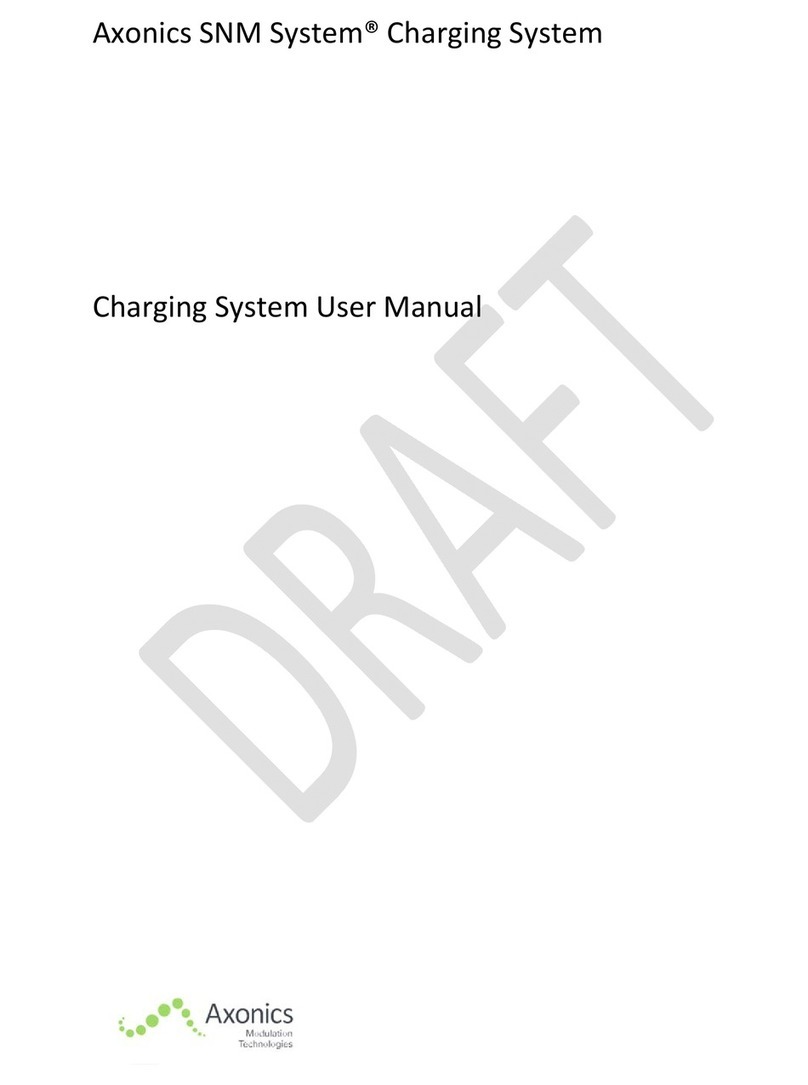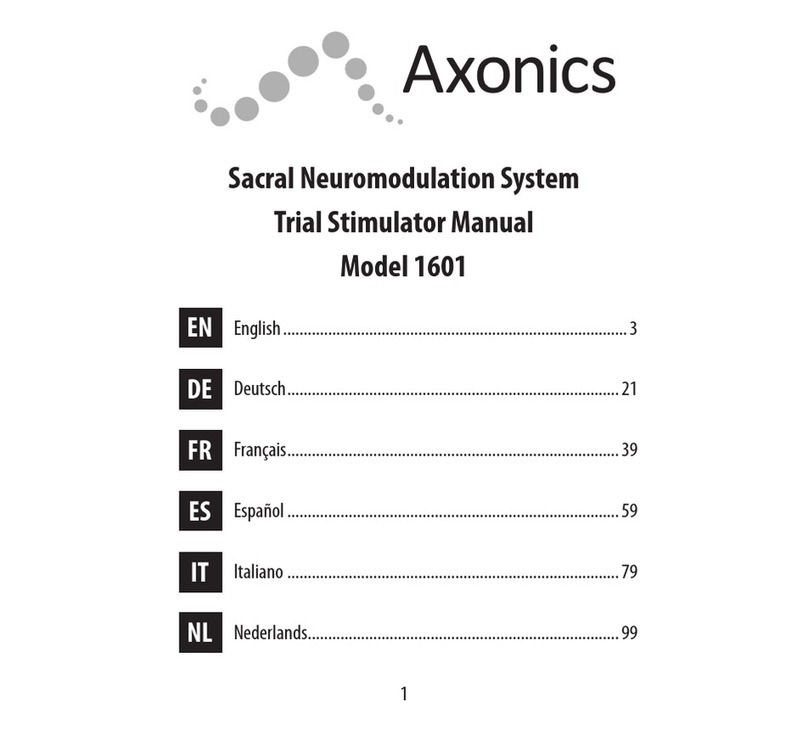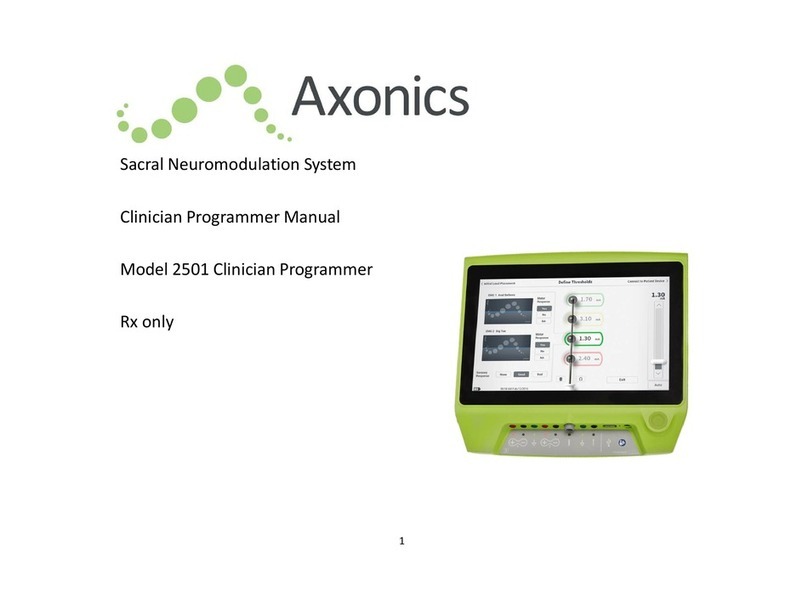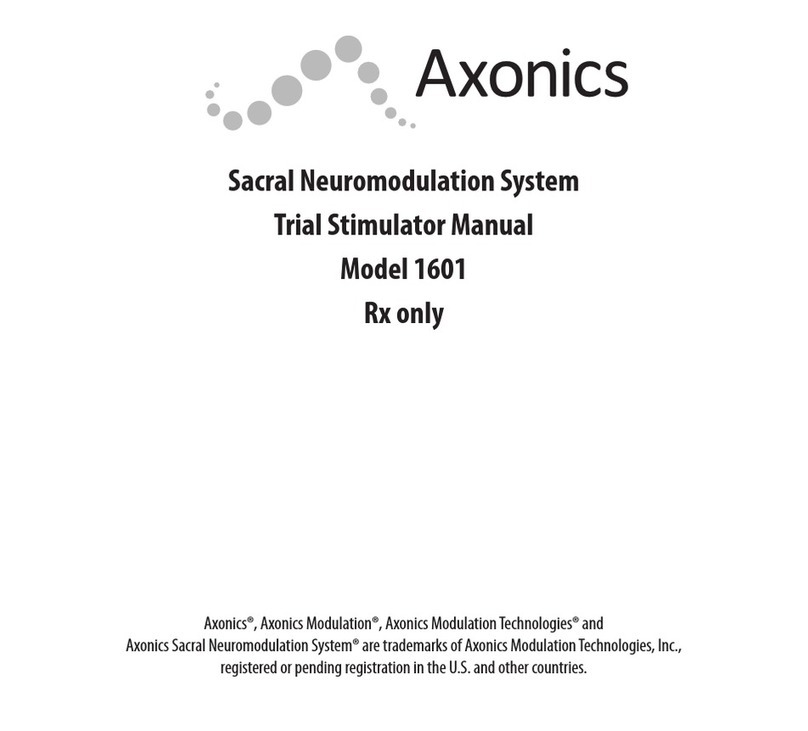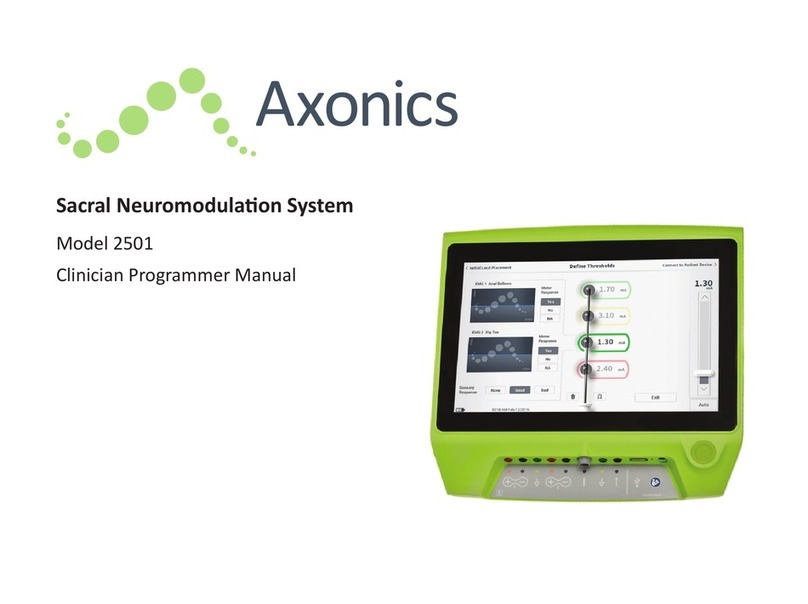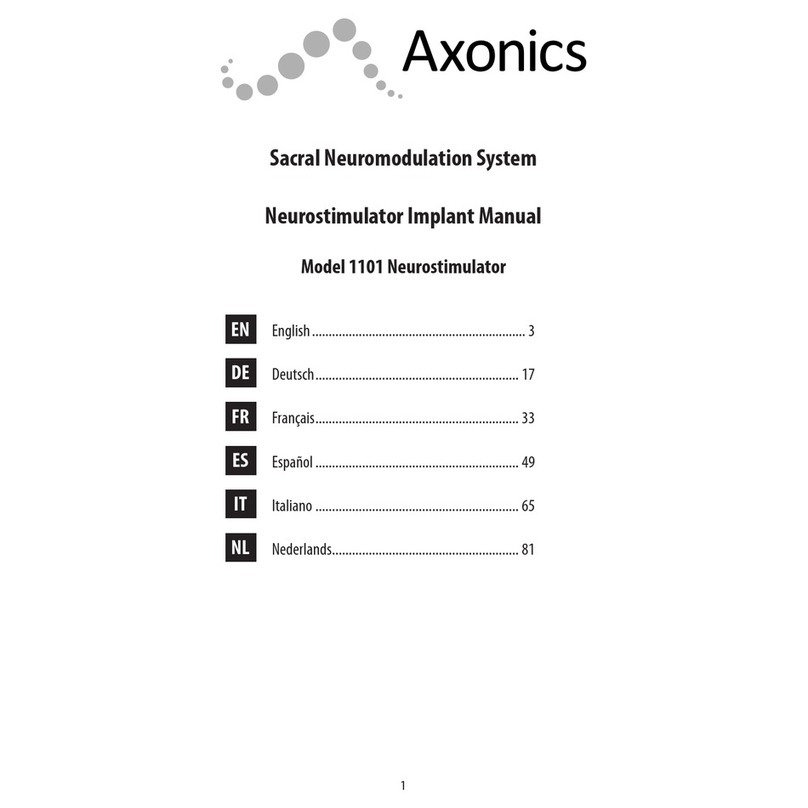
4
Start Up and General Functions ...................................................................................................................................14
Summary of Clinician Programmer Buttons and Connections ..............................................................................................................15
Turning the Clinician Programmer on and Off.......................................................................................................................................16
Logging-in to the Clinician Programmer ................................................................................................................................................17
Navigating the Home Screen .................................................................................................................................................................18
Description of Battery Level Icons and Charging...................................................................................................................................19
Introduction to Clinician Programmer Prompts ....................................................................................................................................20
Understanding Impedance Values.........................................................................................................................................................21
Controlling Stimulation Amplitude ........................................................................................................................................................22
Test Stimulation During Lead Implantation ...................................................................................................................27
Foramen Needle Test Stimulation .........................................................................................................................................................28
Initial Tined Lead Placement..................................................................................................................................................................30
Define Tined Lead Thresholds ...............................................................................................................................................................32
Programming the Neurostimulator ..............................................................................................................................36
Connecting to a Neurostimulator ..........................................................................................................................................................37
Patient Device Screen Overview............................................................................................................................................................39
Setting up a New Neurostimulator........................................................................................................................................................40
Viewing the Status of a Neurostimulator ..............................................................................................................................................44
Hibernate Mode.....................................................................................................................................................................................49
Programming the Neurostimulator Stimulation Settings......................................................................................................................50
Updating Stimulation Thresholds ..........................................................................................................................................................58
Home Screen Tools ......................................................................................................................................................59
General Clinician Programmer Settings.................................................................................................................................................60






